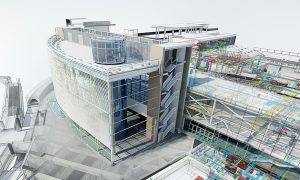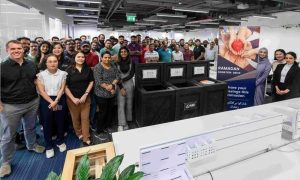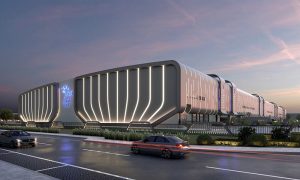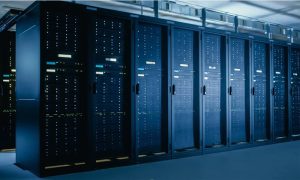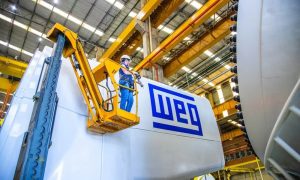The next generation of workers to improve efficiency of construction
Trimble on how the Coronavirus pandemic could accelerate a significant shift to the adoption of new technology in construction
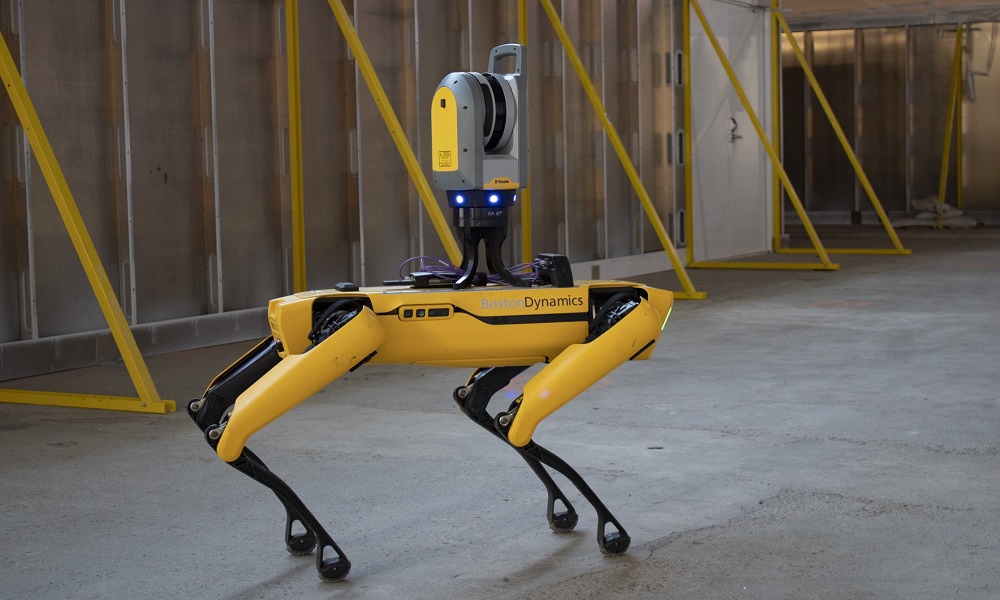
Technology has been at the forefront of every business during the COVID-19 crisis. Every business is made to rethink the way they work. Technology is playing a crucial role in keeping our society functional. Companies adopting new technologies are believed to have a long-lasting impact on their business beyond the pandemic. The digital deployment for remote work has become a new normal even before the economy started opening up post-lockdown and even before governments started to implement stricter safety guidelines for business to go back to normal.
According to a recent McKinsey Digital Report, the onset of COVID-19 has vaulted the adoption of consumer & business technology 5 years in advance in the span of 8 weeks[1]. There is a significant shift in the adoption of technology such as Genetics, 3D Printing, Biotechnology, Nano technology, IOT, AI and Quantum computing. Connectivity and data are two of the most important drivers of change. There have been major challenges faced by the construction industry in the last few years when it comes to the adoption of technology, however when the economies were globally locked down, the utilisation of technology increased even by the construction companies and this saw the adoption of 4.0 technologies with BIM & Cloud Computing, Block Chain, IOT, AI and Autonomy on the job sites.
At Trimble, we believe in transforming the way the world works by delivering products and services that connect the physical and digital worlds. Cloud Computing has become the mainstream solution in the construction sector in the last 3 months, it is one of the solutions we offer with an aim to allow people to mitigate risks and continue to work anytime from any place.
Trimble Connect, our cloud-based collaboration platform that connects the right people to the right data at the right time. It further enables informed decision-making and enhances project efficiency. The platform has surpassed 10 million users till date. In response to COVID-19, distributed working has intensified the need for teams to share information and collaborate remotely, leading 1.2 million users to join Trimble Connect in March and April alone. To date, Trimble Connect has hosted more than 80,000 design and construction projects, making it possible for people to collaborate and work together from anywhere in the world. Furthermore, the number of invitations to collaborate on projects increased 58% in April over the previous month, indicating that users are adjusting to new remote and distributed working dynamics and enabling teams to stay resilient, despite interruptions to their traditional daily routines.[2]
Trimble also offers Sketchup, one of the most widely used 3D modeling solutions. It is used across multiple divisions such as architecture, engineering, and construction and 3D Warehouse- a platform to share and download Sketchup 3D. Since the beginning of the pandemic, there is an increase of 41% in monthly active users of Sketchup. There has also been 33% increase in downloads and 50% increase in uploads during the same period on 3D Warehouse as well. This data clearly indicates that the construction industry has deployed digital solutions more than ever during this crisis and technology has kept the industry moving even when the onsite work was drastically affected.
Technology is not just supporting people working from office or home but is also helping construction companies improve data collection efficiency and the safety of the on-site team through autonomous robots. This was proven during the massive renovation of the Great Hall at the Denver International Airport- one of the busiest airports in the world. Trimble collaborated with Boston Dynamic to integrate Trimble’s X7 scanner to bio-inspired robot to perform scans, and capture 360 images of the site. Considering the complex work environment at the airport, this project needed multiple scans to capture the building conditions- if done traditionally could take several hours or even days causing delay in construction. The Trimble’s X7 and the bio-inspired robot was successfully deployed to avoid delays and help perform the task better. It is easier because it allows remote operation and frees onsite workers from repetitive work.
This next generation of workers will reduce the number of people onsite and maintain the global standards of social distancing. Robots can be a great part of the future workforce, supporting on-site team at complex and hazardous working environments further improving productivity and safety of the workers in construction workflows.
[1] https://www.mckinsey.com/business-functions/mckinsey-digital/our-insights/the-covid-19-recovery-will-be-digital-a-plan-for-the-first-90-days
[2] https://investor.trimble.com/news-releases/news-release-details/trimble-connect-collaboration-platform-hits-10-million-user


